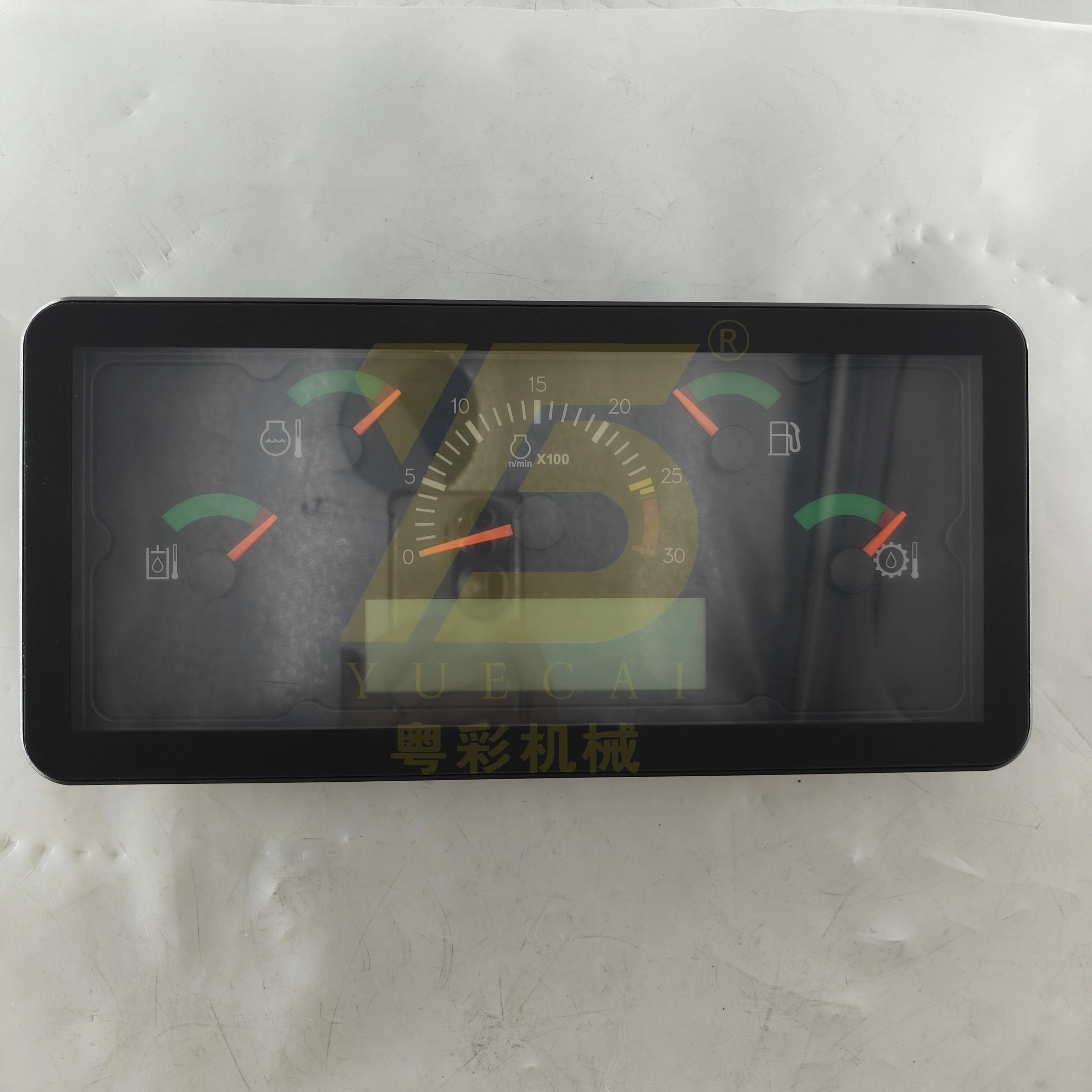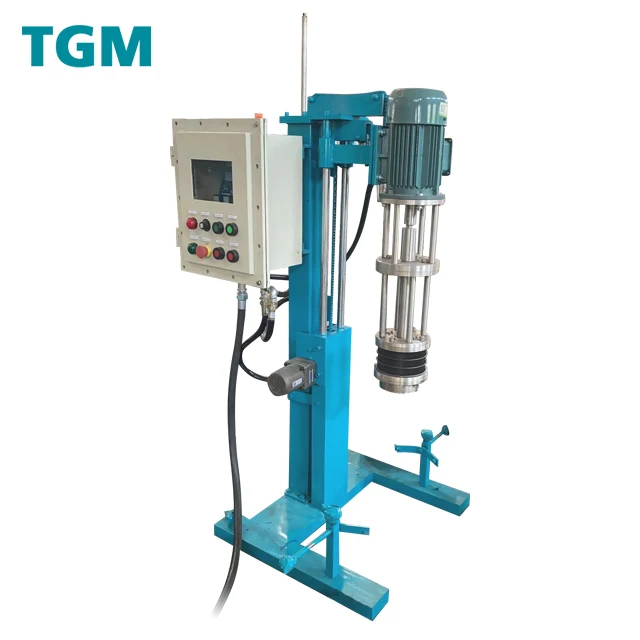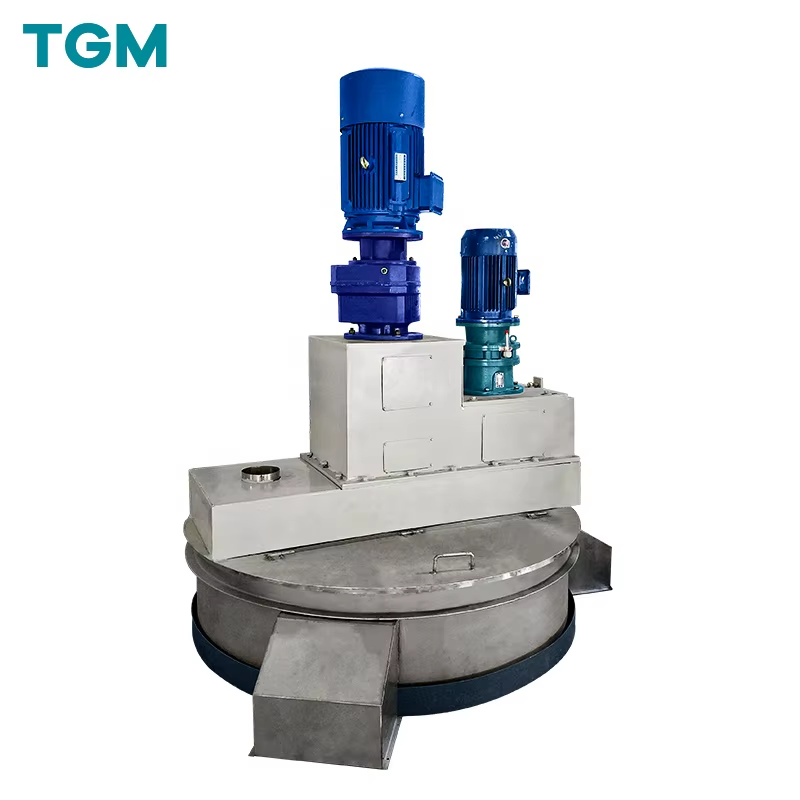-
 Agriculture
Agriculture
-
 Health-Care
Health-Care
-
 Environment
Environment
-
 Construction-Real-Estate
Construction-Real-Estate
-
 Tools-Hardware
Tools-Hardware
-
 Home-Garden
Home-Garden
-
 Furniture
Furniture
-
 Luggage-Bags-Cases
Luggage-Bags-Cases
-
 Medical-devices-Supplies
Medical-devices-Supplies
-
 Gifts-Crafts
Gifts-Crafts
-
 Sports-Entertainment
Sports-Entertainment
-
 Food-Beverage
Food-Beverage
-
 Vehicles-Transportation
Vehicles-Transportation
-
 Power-Transmission
Power-Transmission
-
 Material-Handling
Material-Handling
-
 Renewable-Energy
Renewable-Energy
-
 Safety
Safety
-
 Testing-Instrument-Equipment
Testing-Instrument-Equipment
-
 Construction-Building-Machinery
Construction-Building-Machinery
-
 Pet-Supplies
Pet-Supplies
-
 Personal-Care-Household-Cleaning
Personal-Care-Household-Cleaning
-
 Vehicle-Accessories-Electronics-Tools
Vehicle-Accessories-Electronics-Tools
-
 School-Office-Supplies
School-Office-Supplies
-
 Packaging-Printing
Packaging-Printing
-
 Mother-Kids-Toys
Mother-Kids-Toys
-
 Business-Services
Business-Services
-
 Commercial-Equipment-Machinery
Commercial-Equipment-Machinery
-
 Apparel-Accessories
Apparel-Accessories
-
 Security
Security
-
 Shoes-Accessories
Shoes-Accessories
-
 Vehicle-Parts-Accessories
Vehicle-Parts-Accessories
-
 Jewelry-Eyewear-Watches-Accessories
Jewelry-Eyewear-Watches-Accessories
-
 Lights-Lighting
Lights-Lighting
-
 Fabric-Textile-Raw-Material
Fabric-Textile-Raw-Material
-
 Fabrication-Services
Fabrication-Services
-
 Industrial-Machinery
Industrial-Machinery
-
 Consumer-Electronics
Consumer-Electronics
-
 Electrical-Equipment-Supplies
Electrical-Equipment-Supplies
-
 Electronic-Components-Accessories-Telecommunications
Electronic-Components-Accessories-Telecommunications
-
 Home-Appliances
Home-Appliances
-
 Beauty
Beauty
-
 Chemicals
Chemicals
-
 Rubber-Plastics
Rubber-Plastics
-
 Metals-Alloys
Metals-Alloys
- Masonry Materials
- Curtain Walls & Accessories
- Earthwork Products
- Fireproofing Materials
- Heat Insulation Materials
- Plastic Building Materials
- Building Boards
- Soundproofing Materials
- Timber
- Waterproofing Materials
- Balustrades & Handrails
- Bathroom & Kitchen
- Flooring & Accessories
- Tiles & Accessories
- Door, Window & Accessories
- Fireplaces & Stoves
- Floor Heating Systems & Parts
- Stairs & Stair Parts
- Ceilings
- Elevators & Escalators
- Stone
- Countertops, Vanity Tops & Table Tops
- Mosaics
- Metal Building Materials
- Multifunctional Materials
- Ladders & Scaffoldings
- Mouldings
- Corner Guards
- Decorative Films
- Formwork
- Building & Industrial Glass
- Other Construction & Real Estate
- Wallpapers/Wall panels
- HVAC System & Parts
- Outdoor Facilities
- Prefabricated Buildings
- Festive & Party Supplies
- Bathroom Products
- Household Sundries
- Rain Gear
- Garden Supplies
- Household Cleaning Tools & Accessories
- Lighters & Smoking Accessories
- Home Storage & Organization
- Household Scales
- Smart Home Improvement
- Home Textiles
- Kitchenware
- Drinkware & Accessories
- Dinnerware, Coffee & Wine
- Home Decor
- Golf
- Fitness & Body Building
- Amusement Park Facilities
- Billiards, Board Game,Coin Operated Games
- Musical Instruments
- Outdoor Affordable Luxury Sports
- Camping & Hiking
- Fishing
- Sports Safety&Rehabilitation
- Ball Sports Equipments
- Water Sports
- Winter Sports
- Luxury Travel Equipments
- Sports Shoes, Bags & Accessories
- Cycling
- Other Sports & Entertainment Products
- Artificial Grass&Sports Flooring&Sports Court Equipment
- Scooters
- Food Ingredients
- Honey & Honey Products
- Snacks
- Nuts & Kernels
- Seafood
- Plant & Animal Oil
- Beverages
- Fruit & Vegetable Products
- Frog & Escargot
- Bean Products
- Egg Products
- Dairy Products
- Seasonings & Condiments
- Canned Food
- Instant Food
- Baked Goods
- Other Food & Beverage
- Meat & Poultry
- Confectionery
- Grain Products
- Feminie Care
- Hair Care & Styling
- Body Care
- Hands & Feet Care
- Hygiene Products
- Men's Grooming
- Laundry Cleaning Supplies
- Travel Size & Gift Sets
- Room Deodorizers
- Other Personal Care Products
- Pest Control Products
- Special Household Cleaning
- Floor Cleaning
- Kitchen & Bathroom Cleaning
- Oral Care
- Bath Supplies
- Yellow Pages
- Correction Supplies
- Office Binding Supplies
- Office Cutting Supplies
- Board Erasers
- Office Adhesives & Tapes
- Education Supplies
- Pencil Cases & Bags
- Notebooks & Writing Pads
- File Folder Accessories
- Calendars
- Writing Accessories
- Commercial Office Supplies
- Pencil Sharpeners
- Pens
- Letter Pad/Paper
- Paper Envelopes
- Desk Organizers
- Pencils
- Markers & Highlighters
- Filing Products
- Art Supplies
- Easels
- Badge Holder & Accessories
- Office Paper
- Printer Supplies
- Book Covers
- Other Office & School Supplies
- Stationery Set
- Boards
- Clipboards
- Stamps
- Drafting Supplies
- Stencils
- Electronic Dictionary
- Books
- Map
- Magazines
- Calculators
- Baby & Toddler Toys
- Educational Toys
- Classic Toys
- Dress Up & Pretend Play
- Toy Vehicle
- Stuffed Animals & Plush Toys
- Outdoor Toys & Structures
- Balloons & Accessories
- Baby Food
- Children's Clothing
- Baby Supplies & Products
- Maternity Clothes
- Kids Shoes
- Baby Care
- Novelty & Gag Toys
- Dolls & Accessories
- Puzzle & Games
- Blocks & Model Building Toys
- Toddler Clothing
- Baby Clothing
- Kids' Luggage & Bags
- Arts, Crafts & DIY Toys
- Action & Toy Figures
- Baby Appliances
- Hobbies & Models
- Remote Control Toys
- Promotional Toys
- Pregnancy & Maternity
- Hygiene Products
- Kid's Textile&Bedding
- Novelty & Special Use
- Toy Weapons
- Baby Gifts
- Baby Storage & Organization
- Auto Drive Systems
- ATV/UTV Parts & Accessories
- Marine Parts & Accessories
- Other Auto Parts
- Trailer Parts & Accessories
- Auto Transmission Systems
- Train Parts & Accessories
- Universal Parts
- Railway Parts & Accessories
- Auto Brake Systems
- Aviation Parts & Accessories
- Truck Parts & Accessories
- Auto Suspension Systems
- Auto Lighting Systems
- New Energy Vehicle Parts & Accessories
- Auto Steering Systems
- Wheels, Tires & Accessories
- Bus Parts & Accessories
- Auto Performance Parts
- Cooling System
- Go-Kart & Kart Racer Parts & Accessories
- Air Conditioning Systems
- Heavy Duty Vehicle Parts & Accessories
- Auto Electrical Systems
- Auto Body Systems
- Auto Engine Systems
- Container Parts & Accessories
- Motorcycle Parts & Accessories
- Refrigeration & Heat Exchange Equipment
- Machine Tool Equipment
- Food & Beverage Machinery
- Agricultural Machinery & Equipment
- Apparel & Textile Machinery
- Chemical Machinery
- Packaging Machines
- Paper Production Machinery
- Plastic & Rubber Processing Machinery
- Industrial Robots
- Electronic Products Machinery
- Metal & Metallurgy Machinery
- Woodworking Machinery
- Home Product Manufacturing Machinery
- Machinery Accessories
- Environmental Machinery
- Machinery Service
- Electrical Equipment Manufacturing Machinery
- Industrial Compressors & Parts
- Tobacco & Cigarette Machinery
- Production Line
- Used Industrial Machinery
- Electronics Production Machinery
- Other Machinery & Industrial Equipment
- Camera, Photo & Accessories
- Portable Audio, Video & Accessories
- Television, Home Audio, Video & Accessories
- Video Games & Accessories
- Mobile Phone & Accessories
- Electronic Publications
- Earphone & Headphone & Accessories
- Speakers & Accessories
- Smart Electronics
- TV Receivers & Accessories
- Mobile Phone & Computer Repair Parts
- Chargers, Batteries & Power Supplies
- Used Electronics
- VR, AR, MR Hardware & Software
- Projectors & Presentation Equipments
- Other Consumer Electronics
- Cables & Commonly Used Accessories
- Computer Hardware & Software
- Displays, Signage and Optoelectronics
- Discrete Semiconductors
- Wireless & IoT Module and Products
- Telecommunications
- Connectors, Terminals & Accessories
- Development Boards, Electronic Modules and Kits
- Circuit Protection
- Sensors
- Isolators
- Audio Components and Products
- Integrated Circuits
- Power Supplies
- Relays
- RF, Microwave and RFID
- Electronic Accessories & Supplies
- Passive Components
- PCB & PCBA
- Air Quality Appliances
- Home Appliance Parts
- Heating & Cooling Appliances
- Small Kitchen Appliances
- Laundry Appliances
- Water Heaters
- Water Treatment Appliances
- Refrigerators & Freezers
- Personal Care & Beauty Appliances
- Major Kitchen Appliances
- Cleaning Appliances
- Second-hand Appliances
- Smart Home Appliances
- Other Home Appliances
- Energy Chemicals
- Inorganic Chemicals
- Basic Organic Chemicals
- Agrochemicals
- Admixture & Additives
- Catalysts & Chemical Auxiliary Agents
- Pigments & Dyestuff
- Coating & Paint
- Daily Chemicals
- Polymer
- Organic Intermediate
- Adhesives & Sealants
- Chemical Waste
- Biological Chemical Products
- Surface Treatment Chemicals
- Painting & Coating
- Chemical Reagents
- Flavor & Fragrance
- Non-Explosive Demolition Agents
- Other Chemicals
- Custom Chemical Services
Other Machinery & Industrial Equipment

In the world of heavy construction, equipment reliability is non-negotiable. Premium quality excavator parts are engineered to deliver unmatched durability and peak performance, even under the most extreme conditions. These components are designed with precision to minimize downtime, reduce maintenance costs, and enhance productivity on demanding job sites.
Superior Material Selection
Every premium excavator part begins with high-grade materials, such as reinforced alloys and hardened steels, chosen for their strength and resistance to wear. These materials undergo rigorous testing to ensure they can withstand heavy loads, abrasion, and impact without failure.
Advanced metallurgical processes further enhance these properties, providing longevity that standard parts cannot match. This focus on material excellence translates to parts that perform reliably day after day, reducing the frequency of replacements.
Precision Engineering and Design
These parts are crafted using state-of-the-art technology, including CAD and simulation tools, to optimize their geometry and functionality. Engineers focus on stress distribution and fatigue resistance, ensuring each component operates efficiently under constant strain.
Such meticulous design not only boosts performance but also ensures compatibility with various excavator models, making upgrades seamless. The result is a product that integrates perfectly, enhancing the machine's overall efficiency and output.
Rigorous Quality Assurance
Each part undergoes exhaustive quality checks, from initial prototyping to final production. Tests include load bearing, thermal cycling, and environmental exposure to simulate real-world conditions.
This stringent process guarantees that every component meets or exceeds industry standards, providing peace of mind to operators and project managers. Consistent quality ensures these parts contribute to safer, more reliable excavation operations.
Performance in Demanding Environments
Designed for harsh settings like mining, quarrying, and large-scale construction, these parts resist corrosion, extreme temperatures, and continuous vibration. Their robustness ensures excavators maintain high performance without unexpected breakdowns.
This reliability is critical for meeting tight project deadlines and minimizing operational costs. By choosing premium parts, businesses invest in sustained productivity and reduced total cost of ownership.

How Basket Mill Machines Revolutionize Material Processing: From Pigments to Perfect Finishes
1. Introduction: What’s a Basket Mill?
2. Prepping for the Grind
3. Step-by-Step Operation
Step 1: Loading the Basket
Step 2: Setting the Parameters
Step 3: Let the Grinding Begin!
4. Checking the Results

Unveiling the Power of the Platform Mixer Machine: Mastering High - Viscosity Substances
A First Look at the Platform Mixer Machine
As soon as I laid eyes on the Platform Mixer Machine, I was impressed by its robust build. It\'s a substantial piece of machinery, with a sturdy metal frame that exudes durability. The main body is equipped with a large mixing chamber, which is where all the action happens. Above the chamber, there\'s an array of powerful mixing blades and agitators, carefully engineered to tackle even the thickest substances.
Setting Up the Platform Mixer Machine
Installation and Connectivity
Installing the Platform Mixer Machine was a relatively straightforward process, although it did require some technical know - how. First, I had to ensure that the machine was placed on a flat and stable surface to prevent any vibrations during operation. Then, I connected it to a reliable power source, making sure to follow all the safety guidelines. The machine also has some optional connectivity features. For instance, it can be linked to a control panel via a wired or wireless connection, allowing for remote operation and monitoring. This is particularly useful in large industrial settings where you might need to adjust the mixing parameters from a distance.
How It Works on High - Viscosity Substances
The Mixing Process
When it comes to dealing with high - viscosity substances, the Platform Mixer Machine really shines. Once I load the viscous material into the mixing chamber, I can start customizing the mixing settings. The machine offers a range of speed options, which is crucial. For very thick substances, a slow start is often necessary to prevent over - stressing the motor. As the blades start to turn, they gradually penetrate the mass of the high - viscosity material. The unique design of the blades helps to break up any clumps and distribute the substance evenly within the chamber.
Dispersing Action
The dispersing function of the Platform Mixer Machine is equally impressive. In addition to the main mixing blades, there are smaller, more specialized agitators. These agitators work in tandem with the main blades to break down the high - viscosity substance at a molecular level. They create a shearing force that effectively separates the particles within the substance, ensuring a homogeneous mixture. For example, when I was working with a highly viscous polymer compound, the dispersing action of the machine was able to break down any large aggregates, resulting in a smooth and consistent final product.
Controlling the Mixing and Dispersing
User - Friendly Interface
The control panel of the Platform Mixer Machine is designed to be user - friendly. It\'s equipped with a digital display that shows all the important parameters, such as the current mixing speed, the time elapsed, and the temperature inside the mixing chamber (which can be crucial for some substances). There are also easy - to - use buttons for adjusting these parameters. I can increase or decrease the speed with just a push of a button, and set a timer for how long the mixing process should run.
Automated Programs
For those who need to repeat the same mixing and dispersing processes, the Platform Mixer Machine offers automated programs. I can save different settings for various high - viscosity substances. So, if I regularly work with a particular type of adhesive, I can simply recall the pre - set program, and the machine will automatically adjust to the optimal speed, time, and other parameters for that specific substance

Unveiling the Power of the Platform Mixer Machine: Mastering High - Viscosity Substances
A First Look at the Platform Mixer Machine
As soon as I laid eyes on the Platform Mixer Machine, I was impressed by its robust build. It\'s a substantial piece of machinery, with a sturdy metal frame that exudes durability. The main body is equipped with a large mixing chamber, which is where all the action happens. Above the chamber, there\'s an array of powerful mixing blades and agitators, carefully engineered to tackle even the thickest substances.
Setting Up the Platform Mixer Machine
Installation and Connectivity
Installing the Platform Mixer Machine was a relatively straightforward process, although it did require some technical know - how. First, I had to ensure that the machine was placed on a flat and stable surface to prevent any vibrations during operation. Then, I connected it to a reliable power source, making sure to follow all the safety guidelines. The machine also has some optional connectivity features. For instance, it can be linked to a control panel via a wired or wireless connection, allowing for remote operation and monitoring. This is particularly useful in large industrial settings where you might need to adjust the mixing parameters from a distance.
How It Works on High - Viscosity Substances
The Mixing Process
When it comes to dealing with high - viscosity substances, the Platform Mixer Machine really shines. Once I load the viscous material into the mixing chamber, I can start customizing the mixing settings. The machine offers a range of speed options, which is crucial. For very thick substances, a slow start is often necessary to prevent over - stressing the motor. As the blades start to turn, they gradually penetrate the mass of the high - viscosity material. The unique design of the blades helps to break up any clumps and distribute the substance evenly within the chamber.
Dispersing Action
The dispersing function of the Platform Mixer Machine is equally impressive. In addition to the main mixing blades, there are smaller, more specialized agitators. These agitators work in tandem with the main blades to break down the high - viscosity substance at a molecular level. They create a shearing force that effectively separates the particles within the substance, ensuring a homogeneous mixture. For example, when I was working with a highly viscous polymer compound, the dispersing action of the machine was able to break down any large aggregates, resulting in a smooth and consistent final product.
Controlling the Mixing and Dispersing
User - Friendly Interface
The control panel of the Platform Mixer Machine is designed to be user - friendly. It\'s equipped with a digital display that shows all the important parameters, such as the current mixing speed, the time elapsed, and the temperature inside the mixing chamber (which can be crucial for some substances). There are also easy - to - use buttons for adjusting these parameters. I can increase or decrease the speed with just a push of a button, and set a timer for how long the mixing process should run.
Automated Programs
For those who need to repeat the same mixing and dispersing processes, the Platform Mixer Machine offers automated programs. I can save different settings for various high - viscosity substances. So, if I regularly work with a particular type of adhesive, I can simply recall the pre - set program, and the machine will automatically adjust to the optimal speed, time, and other parameters for that specific substance
REPORT



























































































































































































































































































































































































































































































































































































